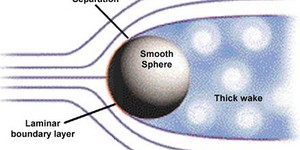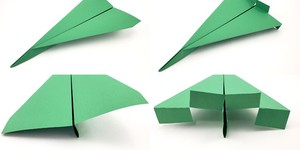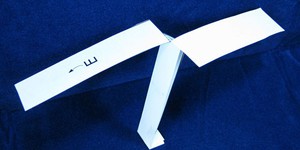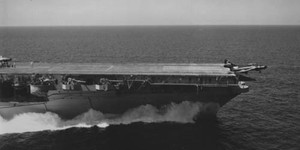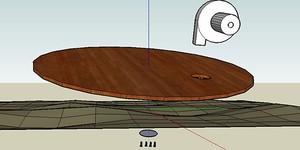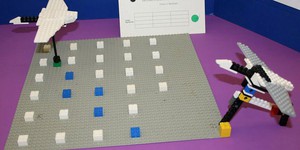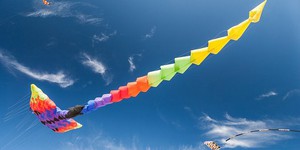Others Like “Which Wing Design Creates the Greatest Lift?” (top 20 results)
|
Helicopters are fascinating to watch. The spinning rotor blades on top of the helicopter generate lift, allowing it to take off vertically. They can land vertically, too, allowing them to set down in small spaces, such as hospital helipads or on a ship at sea. In this aerodynamics science fair project, you will fly a remote-controlled helicopter and measure how the rate of the rotor's rotation changes as the helicopter hovers and flies up or down.
Read more
Have you ever wondered why golf balls have a pattern of dimples on their surface? The dimples are important for determining how air flows around the ball when it is in flight. The dimple pattern, combined with the spin imparted to the ball when hit by the club, greatly influence the ball's flight path. For example, backspin generates lift, prolonging flight. When the ball is not hit squarely with the club, varying degrees of sidespin are imparted to the ball. A clockwise sidespin (viewed from…
Read more
Just one sheet of paper can lead to a whole lot of fun. How? Paper planes! All you have to know is how to fold and you can have a simple plane in a matter of minutes! But what design should you use to build the best plane? In this aerodynamics science project, you will change the basic design of a paper plane and see how this affects its flight. Specifically, you will increase how much drag the plane experiences and see if this changes how far the paper plane flies. There is a lot of cool…
Read more
Have you ever seen a helicopter flying through the sky? It can be difficult to do a science project with a real helicopter, so in this project we will show you how to make a miniature paper helicopter called a whirlybird. Will your whirlybird be able to stay in the air as you add paper clips as weights? Try this project to find out!
Read more
Naval fighter pilots seem to defy physics each time they fly their jets off of an aircraft carrier. Normal runways are thousands of feet long so that airplanes can develop enough lift to fly. But a runway on an aircraft is much shorter. How can naval pilots get their fighter jets into the air without falling off the carrier into the ocean? Well, because they get a boost from a catapult! Sounds unbelievable? It's not, and you can find out more about catapult-assisted takeoff in this aerodynamics…
Read more
Looking for an exciting new mode of transportation? In this science fair project, you will build a working hovercraft that will glide over surfaces on a cushion of air. And it's simpler to build than you might think!
Read more
Have you ever wondered why geese fly in a V-formation? In this science fair project, you will build a wind tunnel to test how the formation of birds in flight actually affects their flight efficiency.
Read more
Flying kites is an excellent way to learn about aerodynamic forces. In this science fair project, you will build and test a variety of kite designs to see which flies best in low wind speeds. You will use an inexpensive anemometer to accurately measure the wind speed. Since you will be choosing which kites to build and test, the experimental procedure provides a general outline for the experiments, but there is a lot of opportunity for you to be creative with your kite designs. This is a DIY…
Read more
Research the famous collapse of the Tacoma Narrows suspension bridge.
What lessons were learned about the potentially damaging effects of wind on bridges? What structures stabilize a bridge against wind forces? Build models and use a wind tunnel to test your hypothesis.
Read more
You can make a very simple hovercraft with a stiff, disposable plate-a pie plate should work well-and a balloon. Glue a square of cardboard in the center of the bottom of the plate. Make a small hole through the center of both of these layers. Enlarge the hole slightly with a pencil. Push a balloon through the hole so that the opening is on the front side of the plate, and rest of the balloon sticks out from the back. Blow up the balloon, then set the plate down (balloon side up). What…
Read more
|
Explore Our Science Videos
3D Print a Drone Frame
How to Make a Bristlebot
Extract Iron from Cereal– Science Project



